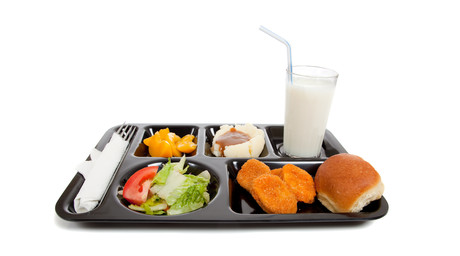The ideal way to serve children's food

Some children are particularly fussy with food, not only in terms of what they eat but how it’s presented. Preferences tend to change over time, but there may be an ideal way to serve food.
Researchers from the University of Copenhagen analysed whether gender and age influenced how children like their food to be arranged, and the results could help parents and schools improve children’s diets.
“As a researcher, I have anecdotally heard parents say that their children prefer to have their food served in a particular way, including in a specific order. But we do not have much evidence-based knowledge about how children sort and eat their food, which is very relevant when, for example, we want our children to eat more vegetables — or eat their food in general,” said Annemarie Olsen, Associate Professor at the Department of Food Science.
Foods presented in small portions that are easy to grab — such as grapes and carrot sticks — are known to encourage children to eat more fruits and vegetables. But are there specific plate arrangements that can affect consumption as well? The simple answer is yes.
The researchers asked 100 school children, aged 7–8 and 12–14 years, to prioritise photos of six different dishes served in three different ways. The three options were: all food served separately; a combination of separate ingredients and ingredients that were mixed together; and all the food mixed together.
While younger girls preferred their food to be served separately, boys of the same age did not have a preference. Age was also an important factor, as older children (12–14) prioritised food that was partially or entirely mixed.
Olsen said there were a number of reasons that younger girls may prefer to have their food served as separate ingredients.
“One suggestion could be that they believe that the different ingredients could contaminate each other. But it could also be that they prefer to eat the different elements in a certain order or that the clear delineation just provides a better overview.”
If in doubt, Olsen suggested food should be separated on the plate, especially for younger children. She explained: “The child can mix the food when the various elements of the food are separated on the plate, while the reverse is not possible.”
Chocolate consumption trends in the US
Chocolate sales hit a new high in the US as it remains an 'affordable treat' duing...
Ready-made infant, toddler food study finds some falling short on nutrition
Some ready-made foods for infants and toddlers being sold in Australia are not meeting WHO...
PepsiCo achieves 3.5 Health Star Rating with chip ranges
PepsiCo Australia has achieved a 3.5 Health Star Rating (HSR) for its low-salt and baked potato...












